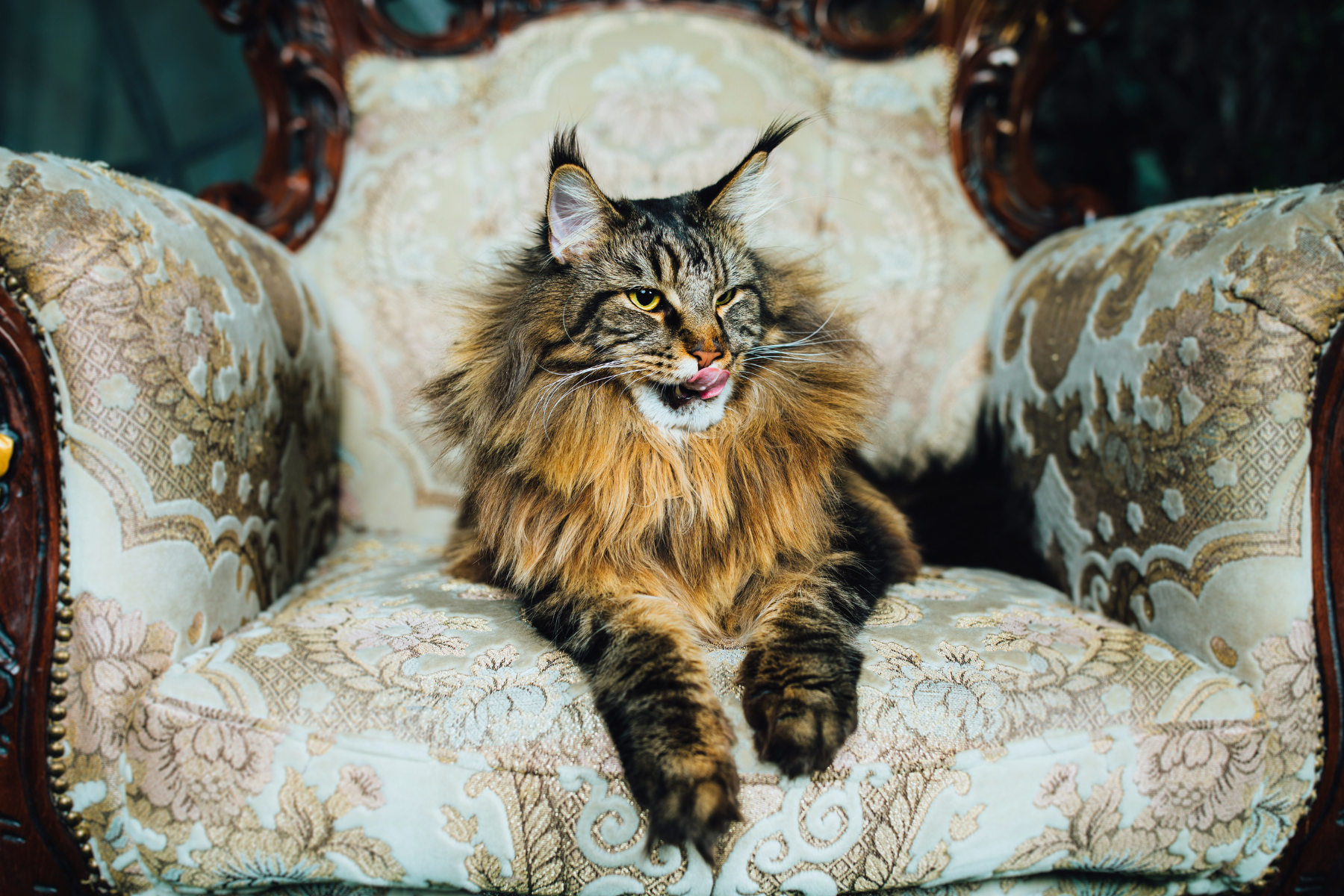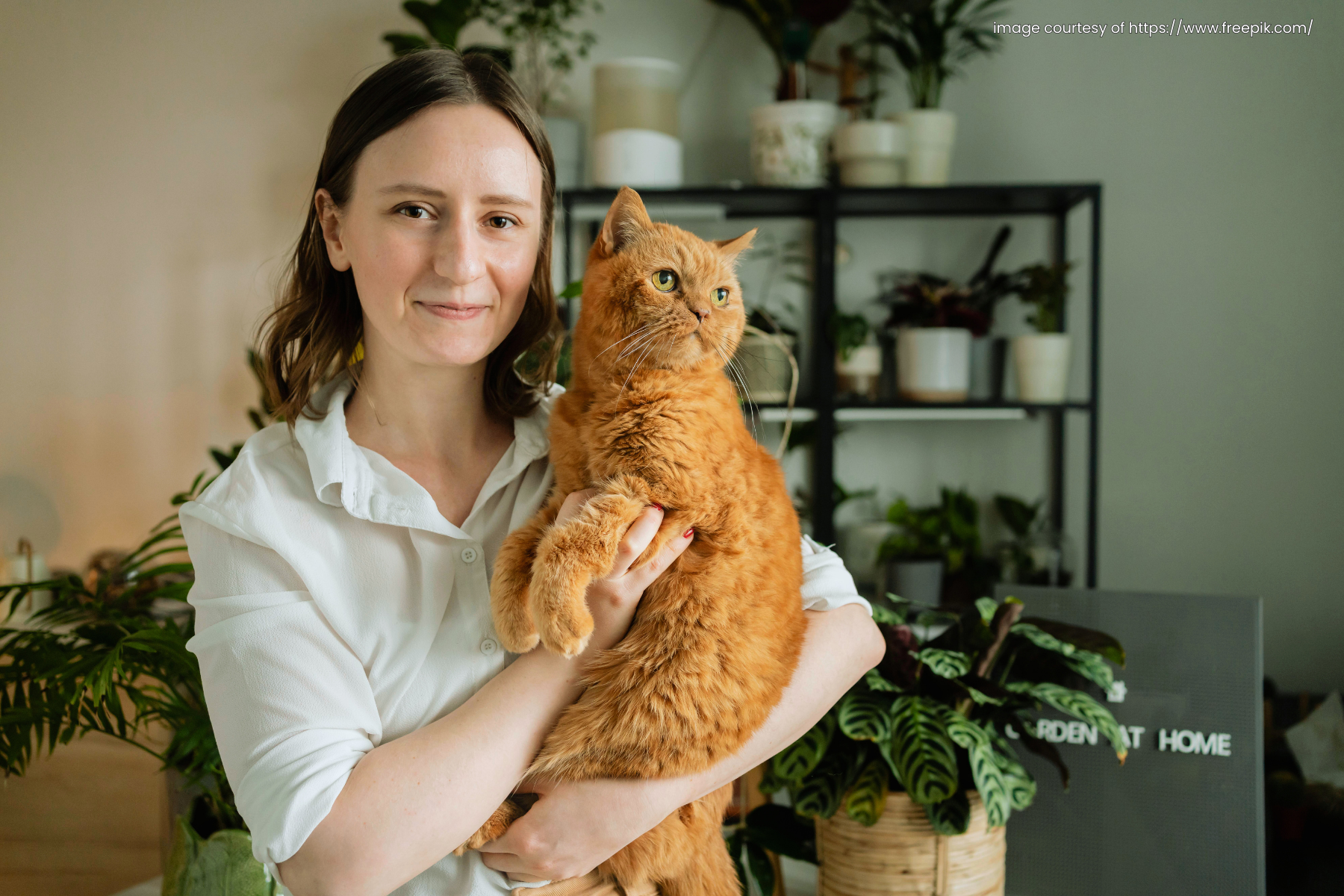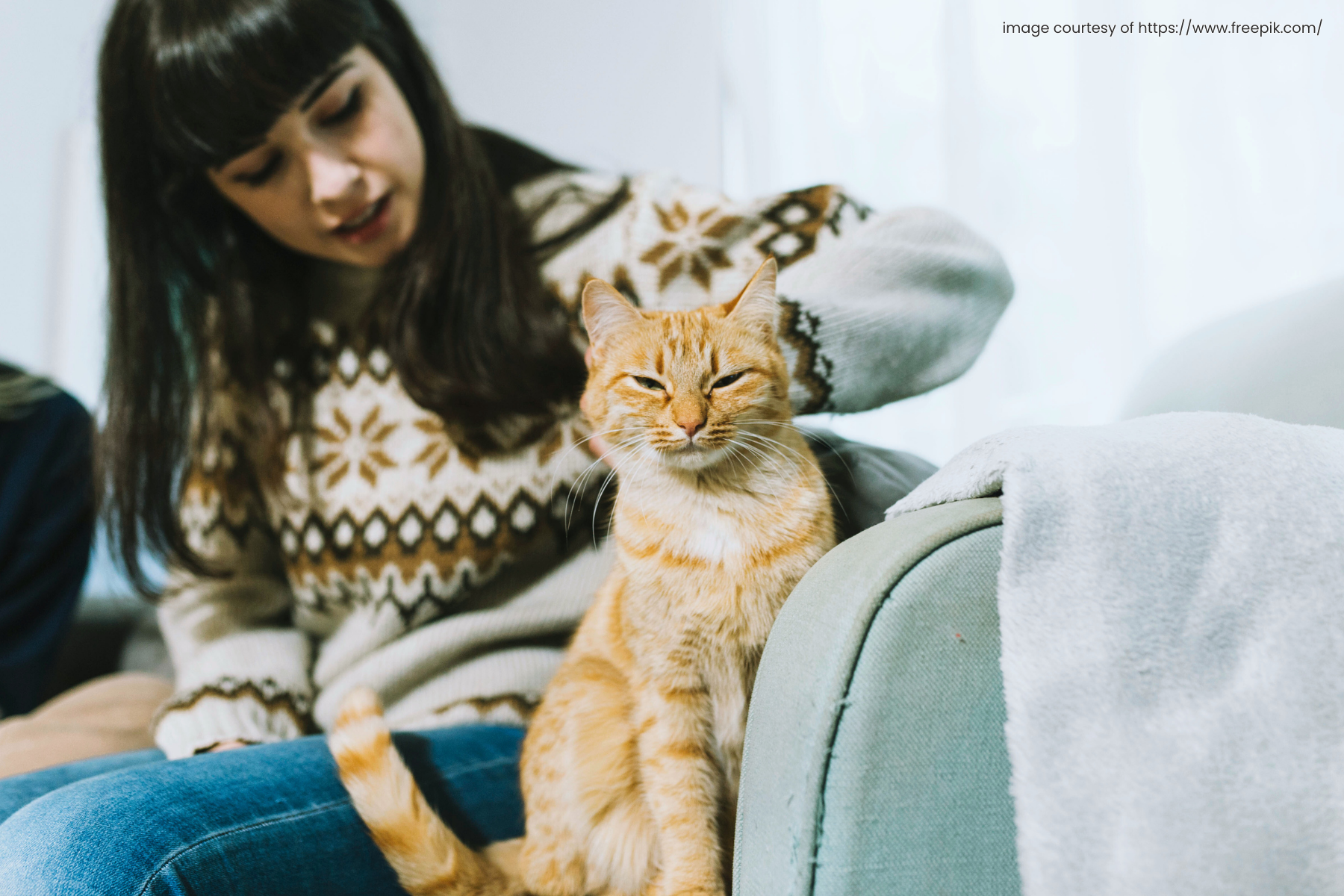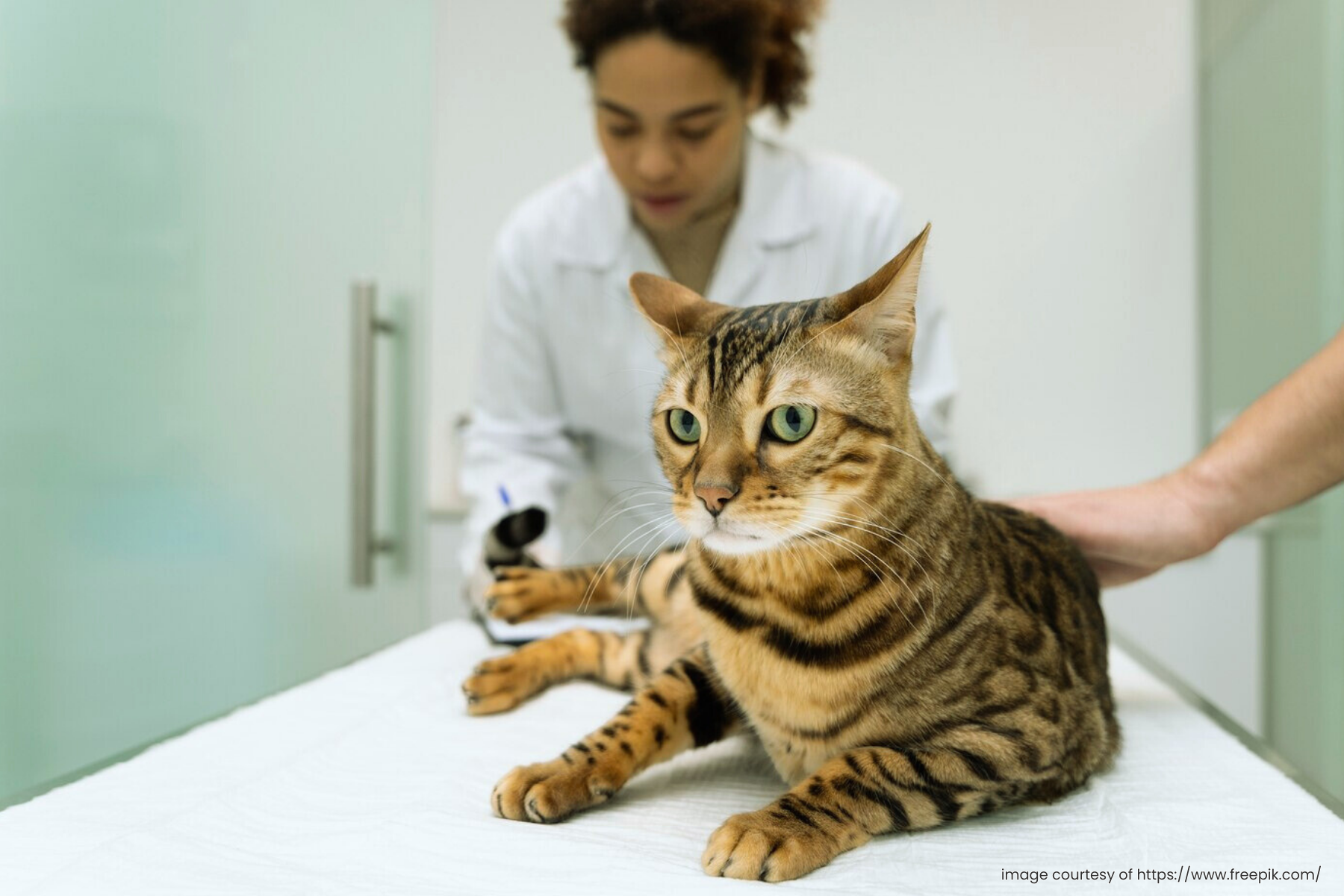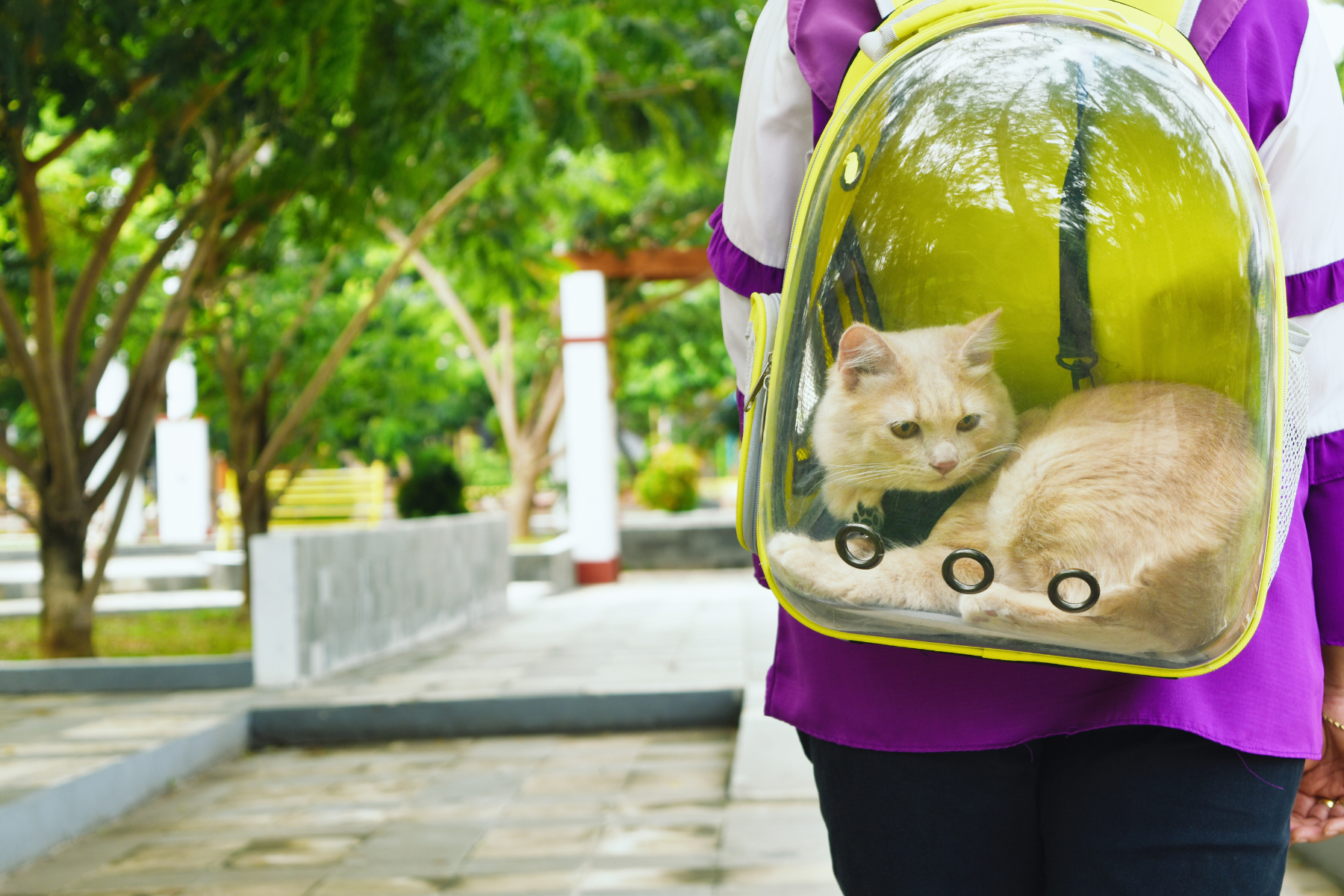We get it, you love your cats, but you also love nice things. It’s a little tricky how to keep your silk couch shining when you have a cat around. Since cats love to snuggle, it’s a given that they would lie in your comfy furniture. And as a cat parent, you know what those claws can do to the upholstery.
There is a lot to consider when picking a cat-friendly fabric. Clawing is one, and shedding is another. Drooling, chewing, vomit, and urine also pose possible trouble.
Choosing a suitable upholstery fabric today will save you time and effort later. And that’s why we’re to help you decide. Before buying a new couch or reupholstering one, take note of these 5 fabrics that best suit a home with cats.

Microfiber
As a general rule, fabrics with tight weaves are pet-friendly. Tight weaves will not allow claws to slip in easily. Cats love clawing fabrics that they can unravel without difficulty. Hence, you should opt for tightly-woven fabrics like microfiber.
Microfiber (also called microsuede) is deemed the most scratch-resistant upholstery fabric. Aside from its poor “scratch-ability,” it also stands off liquid. Easy-clean materials are a pet owner’s favorite. Having a stain-resistant couch is important to homes with pets (and kids).
Similarly, hair, soil, bacteria, and pet dander do not stick to microfiber. Spills can be wiped off with a damp cloth.
Aside from these awesome features, microfiber has another edge over its rival, leather. That is the fact that it’s cheaper. Cat parents on a tight budget will definitely mind this factor.
Although you can easily remove hair from microfiber, it’s always best to pick a color that’s similar to your pet’s fur. That way, hair can stay concealed until your next cleaning session.
Microfiber’s weak point lies on the material it’s made from. Microfiber is a synthetic cloth mostly crafted from polyester. Polyester microfiber is not as hardwearing as the one made from nylon. Nylon microfiber is rare, although there’s also the poly-nylon blend for option.

Leather
When it comes to pet-friendly fabrics, durability is probably the most important element. No amount of pleading and yelling will cease your cat’s natural urge to scratch. Declawing them is not an option either. That’s hurtful for your pet, and vets find it cruel. Hence, you should be the one to adapt to your cat’s needs. You can pick a sofa cover that can withstand your cat’s instinct through the leather fabric.
Leather is among the most hardwearing upholstery textiles. This material gets stronger as time goes by. Also, it has similar characteristics to microfiber. Leather is a tight weave material that resists dander, pet hair, and dust. You can easily remove stains and odors from its surface, too.
Over the years, pet owners have trusted leather for a superb furniture cover. However, it has its downsides too. Leather is quite expensive, and it’s sensitive to direct sunlight.
If you think leather is for you but you’re scared you cat might scratch it, you may opt for distressed leather, which hides away blemishes.

Suede
Suede is another “cat proof” fabric that deserves to be on this list. You’ve probably seen suede in shoes and jackets. But this smooth fabric can also make a good furniture cover.
Suede is a type of leather so you can expect similar characteristics from the two. Compared to other cloth textiles, suede is stronger and more long-lasting. Like the previous ones on the list, suede is a tight weave fabric that cat claws can’t easily dig.
This fabric’s thinness contributes to its gorgeous drape. However, since it is thin, suede is not as tough as leather.
Yorkshire Fabric Shop is an online fabric and curtain shop. They offer the finest leathers, suedes, velvets, and more.

Denim
Denim is another material commonly found in clothing and fashion. However, it can also prove useful for furniture and other home furnishings. A denim sofa cover is unique, plus it’s something your cat will find hard to claw.
Denim is made from cotton, spun tightly together into a uniform cloth. Denim’s scratch-ability depends on its thickness. Thicker denim has a lower probability of cat scratch and holes.
This fabric has poor absorbency, making it less prone to stains, pet hair, and dust. Also, it is washable, and therefore easy to clean.

Canvas
If you can’t buy new furniture anytime soon, slipcovers are a great defense against scratching. It would be good to get one for your chairs and couch. The great thing with slipcovers is that they are temporary. You can simply take them off when you miss the original appearance of your furniture.
Canvas is a heavy-duty textile that can hold out against tearing and scraping. Also, detaching and cleaning canvas slipcovers is effortless.
Canvas is usually made from cotton. Hence, it is a natural material. Natural fibers tend to absorb dye well. Hence, canvas fabric is available in many colors. You can pick one that best matches your home décor.
When blended with synthetic fibers, the canvas can be made waterproof, which is great for resisting stains and spills.

Bonus Tips
- Going back to the general guideline, a cat-friendly fabric is a tightly woven one. Therefore, you should stay away from loose weave cloth like chenille, tweed, and wool. Coarse and coiled fibers scream cat toy! Thus, your cat will likely chew or scratch them.
- To avoid furniture damage, try giving your cat an irresistible alternative. You can give them a scratching post covered with sisal. This material is so appealing for cats they’d bother your couch less. The point where you put it in the house is important, too. Remember to put the post on your cat’s key territory in the house.
- Most of the fabrics listed above are easy to maintain. You can use lint rollers, a vacuum, or a steamer to keep them flawless. Upholstery fabrics also have care instructions attached to their tag. Therefore, you can determine what cleaning material suits them best.
Final Thoughts
Every cat is different, and some will attempt to scratch even these known cat-proof fabrics. The truth is that cats will scratch anything they prefer, be it wood, carpet, or rope. Although, not every feline friend habitually scratches on furniture.
Pin it:


